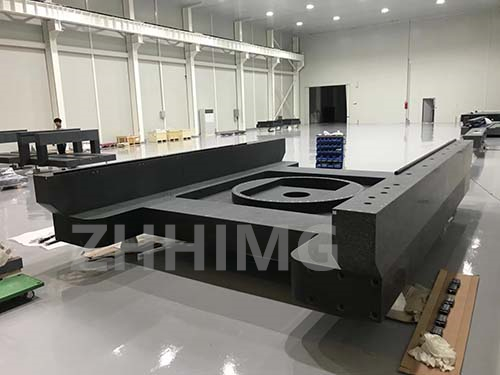In the realm of manufacturing and engineering, precision granite components have emerged as a critical element in ensuring accuracy and stability in various applications. Conducting a cost-benefit analysis of these components is essential for businesses looking to optimize their operations and enhance product quality.
Precision granite components are renowned for their exceptional dimensional stability, resistance to thermal expansion, and durability. These characteristics make them ideal for use in high-precision applications such as metrology, machine tool bases, and optical systems. However, the initial investment in precision granite can be substantial, prompting a thorough cost-benefit analysis.
On the cost side, businesses must consider the upfront expenses associated with acquiring precision granite components. This includes not only the purchase price but also potential costs related to transportation, installation, and maintenance. Additionally, the need for specialized equipment to handle and integrate these components can further increase initial expenditures.
Conversely, the benefits of using precision granite components can significantly outweigh these costs. The inherent stability and rigidity of granite reduce the likelihood of measurement errors, leading to improved product quality and reduced waste. This can translate into substantial savings over time, as fewer resources are spent on rework and quality control. Furthermore, the longevity of granite components means that they often require less frequent replacement, contributing to lower long-term operational costs.
In conclusion, a comprehensive cost-benefit analysis of precision granite components reveals that while the initial investment may be high, the long-term advantages in terms of accuracy, durability, and cost savings can make them a worthwhile addition to any precision-focused operation. By carefully weighing these factors, businesses can make informed decisions that enhance their competitive edge in the market.
Post time: Nov-06-2024

